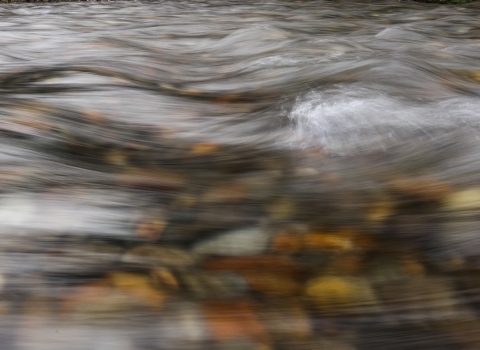MISSOULA – As part of ongoing efforts to monitor grizzly bears in the lower-48 states, the U.S. Fish and Wildlife Service (Service), in partnership with the U.S. Forest Service and Defenders of Wildlife, will be conducting a genetic survey during the summer of 2021 to document grizzly bears in southwest Montana. This project aims to collect data that will assist biologists in understanding more about the grizzly bears that have been dispersing throughout southwest Montana over the past decade.
This non-invasive survey will use temporary barbed-wire corrals and remote cameras, with a scent lure to attract bears to the sites. As bears climb over or under the barbed wire to investigate the scent, their hair collects on the barbs without causing injury to the bear. The hair samples collected are then used for genetic analysis. The scent lure provides no food reward and thus no motivation for bears to linger at the sites. Corrals and cameras will typically remain in a location for two to four weeks before moving to a new site. All areas where work is being conducted will have primary access points marked with warning signs; the public is asked to avoid the area if they come across a site.
The project will occur on National Forest System lands in southwest Montana, between the Bitterroot recovery zone and the estimated current distribution of populations in the Northern Continental Divide and Greater Yellowstone ecosystems. The primary study areas include the Beaverhead Mountains, Pioneer Mountains, Pintler Range, Anaconda Range, Flint Creek Range, John Long Mountains, Sapphire Mountains, Lower Clark Fork, and Ninemile Divide. Sampling sites will be located away from roads, campgrounds, trails and will avoid other areas with high human use, including active livestock grazing. All sampling sites will be signed to notify anyone in the site's immediate vicinity and include contact information for the Grizzly Bear Recovery Program.
More information about grizzly bear conservation and biology can be found from the Interagency Grizzly Bear Committee.
Residents and visitors to grizzly bear country are encouraged to remain bear aware, know how to use and carry bear spray, and to never feed or approach wildlife.
The mission of the U.S. Fish and Wildlife Service is working with others to conserve, protect, and enhance fish, wildlife, plants, and their habitats for the continuing benefit of the American people. For more information on our work and the people who make it happen in the West, visit our website, or connect with us through any of these social media channels: Facebook, Twitter, Flickr, YouTube, and Instagram.



